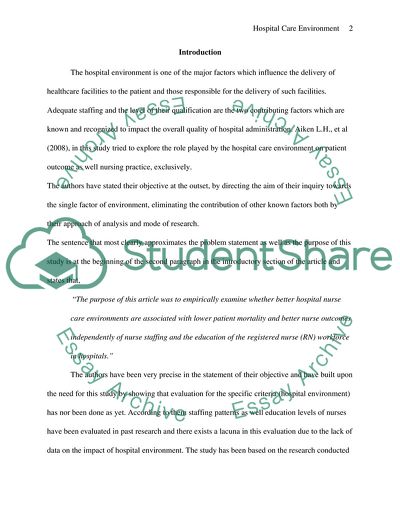Cite this document
(Effects of Hospital Care Environment on Patient Mortality and Nurse Literature review, n.d.)
Effects of Hospital Care Environment on Patient Mortality and Nurse Literature review. https://studentshare.org/nursing/1721785-critique-of-research-study-from-articleeffects-of-hospital-care-environment-on-patient-mortality-and-nurse-outcomes-by-aiken-et-al-2008
Effects of Hospital Care Environment on Patient Mortality and Nurse Literature review. https://studentshare.org/nursing/1721785-critique-of-research-study-from-articleeffects-of-hospital-care-environment-on-patient-mortality-and-nurse-outcomes-by-aiken-et-al-2008
(Effects of Hospital Care Environment on Patient Mortality and Nurse Literature Review)
Effects of Hospital Care Environment on Patient Mortality and Nurse Literature Review. https://studentshare.org/nursing/1721785-critique-of-research-study-from-articleeffects-of-hospital-care-environment-on-patient-mortality-and-nurse-outcomes-by-aiken-et-al-2008.
Effects of Hospital Care Environment on Patient Mortality and Nurse Literature Review. https://studentshare.org/nursing/1721785-critique-of-research-study-from-articleeffects-of-hospital-care-environment-on-patient-mortality-and-nurse-outcomes-by-aiken-et-al-2008.
“Effects of Hospital Care Environment on Patient Mortality and Nurse Literature Review”. https://studentshare.org/nursing/1721785-critique-of-research-study-from-articleeffects-of-hospital-care-environment-on-patient-mortality-and-nurse-outcomes-by-aiken-et-al-2008.


